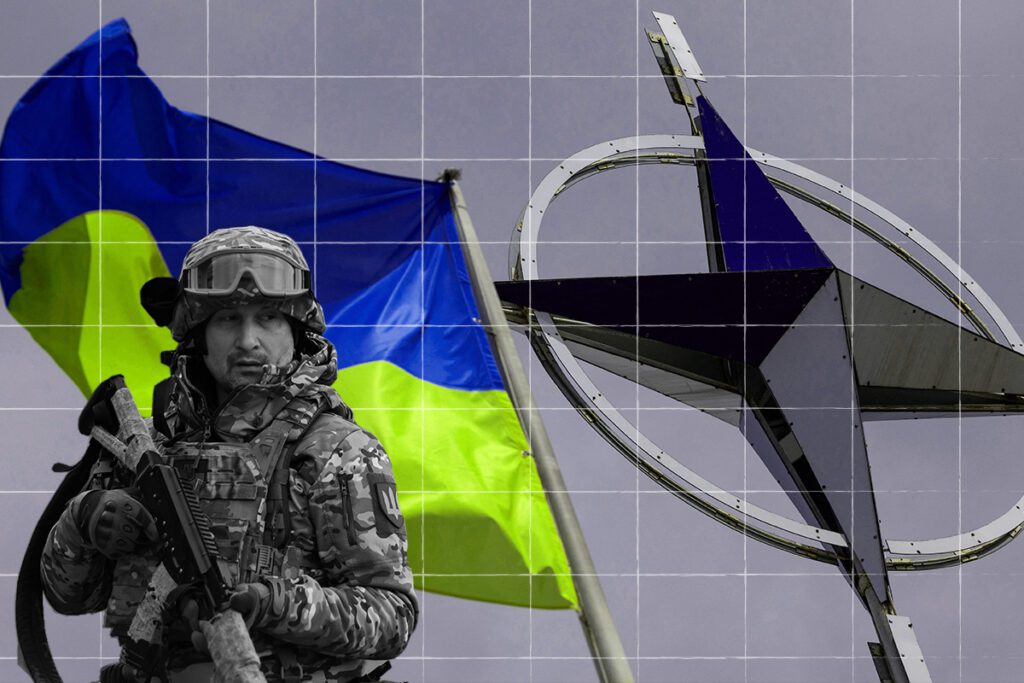In today’s rapidly evolving global landscape, the future of military power depends on modernization and adaptation in defense policy. With new threats emerging and technology advancing quickly, military forces worldwide must continuously evolve to stay ahead of the curve. Challenges such as cyber warfare, terrorism, and hybrid warfare require a different approach to defense policy, focusing on agility, flexibility, and innovation. Through modernization efforts like investing in unmanned systems, cyber defense, and artificial intelligence, military forces are reshaping the way wars are fought and won. By adapting organizational structures, training programs, and doctrine, military forces can effectively respond to emerging threats and challenges in the modern world.
The Future of Military Power: Modernization and Adaptation in Defense Policy
Introduction
In today’s rapidly evolving global landscape, the need for modernization and adaptation in defense policy has never been more critical. As new threats emerge and technology advances at a breakneck pace, military forces around the world must continuously adapt to stay ahead of the curve.
Challenges in the Modern World
The traditional notions of warfare are being challenged by unconventional threats such as cyber attacks, terrorism, and hybrid warfare. These new challenges require a different approach to defense policy, one that focuses on agility, flexibility, and innovation.
Cyber Warfare
Cyber attacks have the potential to cripple a nation’s infrastructure, disrupt critical services, and steal sensitive information. To combat this threat, modern military forces must invest in cyber defense capabilities, including advanced encryption tools, threat intelligence systems, and skilled cyber experts.
Terrorism
Terrorist organizations operate in the shadows, using asymmetrical tactics to spread fear and destabilize societies. Military forces must adapt by enhancing their counter-terrorism capabilities, improving intelligence gathering and sharing, and collaborating with other government agencies and international partners.
Hybrid Warfare
Hybrid warfare involves a combination of conventional and unconventional tactics, such as propaganda, cyber attacks, and proxy warfare. Military forces must be prepared to respond to these multi-dimensional threats by adopting a holistic approach that integrates military, diplomatic, and economic tools.
Modernization Efforts
To address these challenges, military forces are investing in cutting-edge technology and capabilities that enhance their effectiveness on the battlefield. From advanced weapon systems to sophisticated communication networks, modernization efforts are reshaping the way wars are fought and won.
Unmanned Systems
Unmanned aerial vehicles (UAVs), autonomous ground vehicles, and robotic soldiers are revolutionizing the battlefield by providing real-time intelligence, surveillance, and reconnaissance capabilities. These unmanned systems reduce the risk to human soldiers and enhance situational awareness in combat operations.
Cyber Defense
As cyber threats continue to evolve, military forces are investing in state-of-the-art cyber defense systems that detect, prevent, and respond to cyber attacks in real-time. These systems protect critical infrastructure, secure communication networks, and safeguard sensitive information from cyber adversaries.
Artificial Intelligence
Artificial intelligence (AI) is transforming the way military forces plan, execute, and analyze operations. AI algorithms analyze vast amounts of data, predict enemy actions, and optimize decision-making in dynamic and complex environments. AI-powered systems are enhancing military capabilities and reducing human error on the battlefield.
Adaptation Strategies
In addition to modernizing their capabilities, military forces must also adapt their organizational structures, training programs, and doctrine to meet the demands of the modern world. Flexibility, agility, and resilience are key attributes that enable military forces to respond effectively to emerging threats and challenges.
Interoperability
Military forces must collaborate and coordinate with other government agencies, international partners, and non-governmental organizations to achieve interoperability in joint operations. Interoperable forces can share information, resources, and intelligence seamlessly, enhancing their effectiveness in complex and multi-domain operations.
Educational Programs
Military forces must invest in continuous education and training programs that develop the skills, knowledge, and expertise of their personnel. By promoting a culture of learning and innovation, military forces can adapt to changing circumstances, leverage new technologies, and improve their operational readiness in modern warfare.
Agile Doctrine
Military forces must develop agile doctrine that emphasizes adaptability, flexibility, and innovation in response to evolving threats and challenges. By continuously reviewing and updating their doctrine, military forces can stay ahead of the curve, anticipate emerging trends, and shape the future of warfare on their terms.
Conclusion
The future of military power rests on modernization and adaptation in defense policy. By investing in cutting-edge technology, enhancing their capabilities, and adapting their strategies and tactics to meet the demands of the modern world, military forces can stay ahead of the curve and ensure their readiness for any challenge that comes their way.
